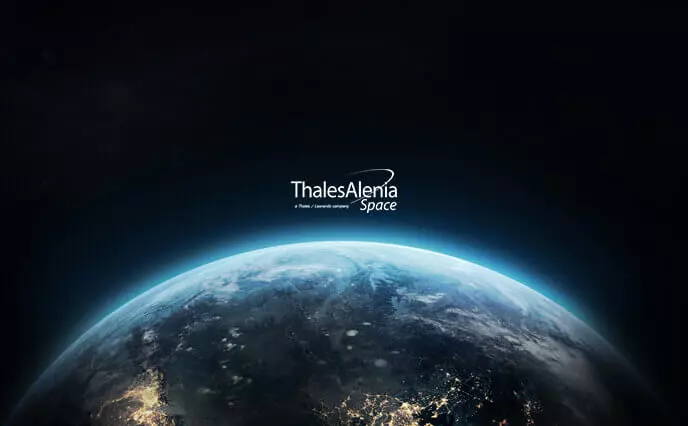The fantastic journey of Rosetta, Europe's comet chaser

The European space probe Rosetta is scheduled to land on comet Churyumov-Gerasimenko on 12 November this year. We take a look at an epic story of interplanetary space travel that will have lasted more than a decade.
Giotto leads the way
Man has always been fascinated by the spectacle of comets blazing across the night sky. Back in 1985, the European space probe Giotto was launched in pursuit of Halley’s Comet, getting close enough during a half-hour data capture window to take the very first detailed photographs of a comet nucleus.
In 1991, the international scientific community came up with the idea of a mission dedicated to chasing comets. This was the start of the Rosetta adventure. In 1995, when NASA pulled out of the programme, eight European countries (Germany, the UK, Austria, Finland, France, Hungary, Ireland and Italy) decided to join forces and go ahead with the project. Rosetta was born.
Space odyssey
The Rosetta space probe was launched from the Guiana Space Centre in Kourou, French Guiana, in March 2004. To achieve the required velocity for its long and perilous journey to the comet, Rosetta used gravitational slingshot manoeuvres three times to help it accelerate through the inner solar system. After passing close to Mars in February 2007, the craft flew by two asteroids, Steins (in September 2008) and Lutetia (in July 2010).
When Rosetta was so far from the sun that its solar panels could no longer supply enough energy, the craft was put into deep space hibernation. This was one of the biggest challenges of the entire mission. Two-and-a-half years later, on 20 January this year, hibernation mode was interrupted so that Rosetta could position itself in orbit around the comet.
The Philae lander
The spacecraft consists of the Rosetta orbiter, and the Philae robotic lander. The lander is named after Philae Island in the Nile, where Jean-François Champollion found an obelisk that was used — along with the Rosetta Stone — to decipher Egyptian hieroglyphics.
Landing is scheduled to take place on 12 November, with the lander travelling at a speed of around 4 km/h. Philae will then take samples from the comet’s nucleus, which is composed of dust, ice and frozen gases (carbon monoxide and carbon dioxide).
Into the sunset
In the final phase of the mission, Rosetta will escort the comet around the Sun, monitoring permanent changes in surface conditions as it heats up and the ice sublimates. The comet will pass closest to the Sun on 13 August 2015.
How is Thales involved?
Thales Alenia Space Italy has played a major role in the Rosetta mission, with responsibility for spacecraft assembly, integration and testing (AIT) of the probe. For the launch campaign, the company was also in charge of defining and supplying the mechanical and electrical ground support equipment. Thales Alenia Space also built the S-band and X-band digital transponders used to communicate with Earth throughout the mission.
The origins of life
As remnants of the primordial solar nebula, comets should help us to understand how the solar system was formed. The Philae lander will analyse samples taken from the comet’s nucleus, which may ultimately provide the key to understanding the origins of life.

